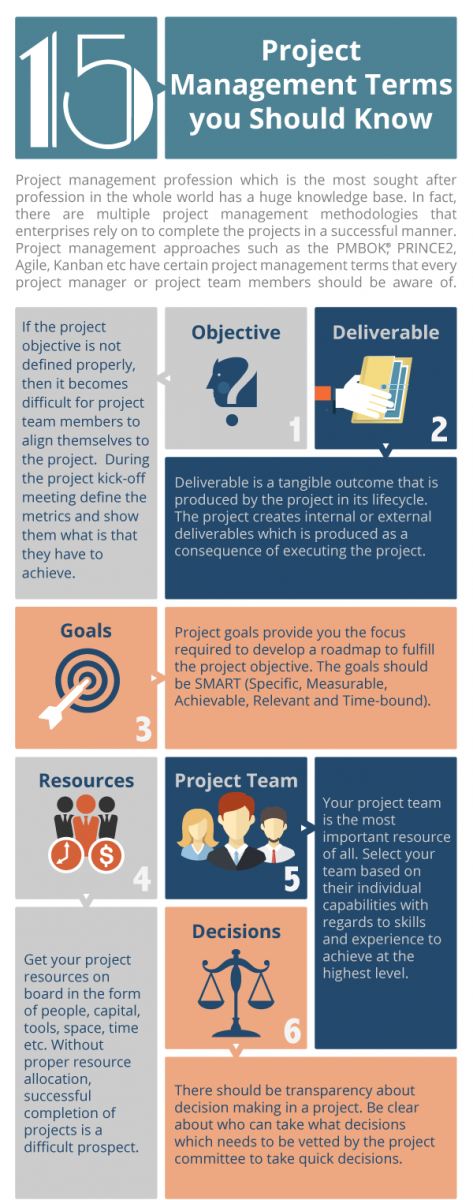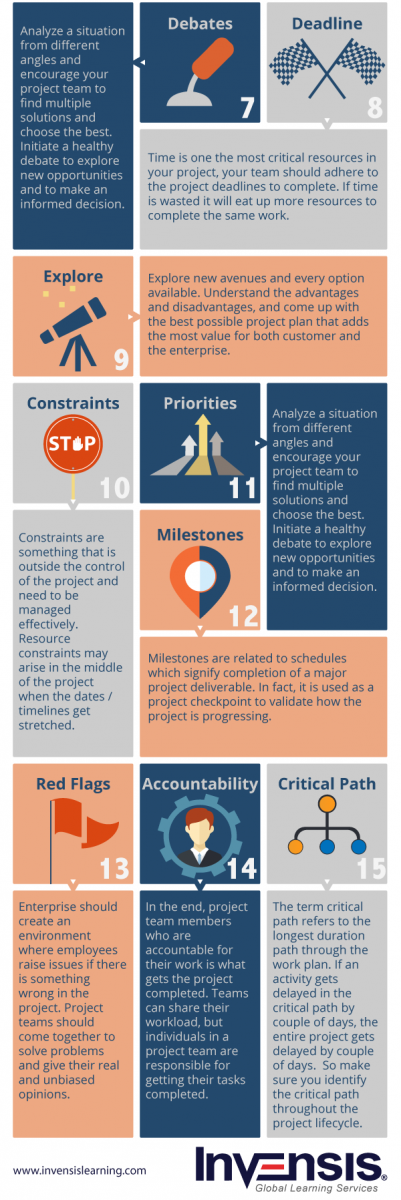I am not sure whether this problem is representative to other project managers, but since I keep encountering it over and over in my project management career, I will dedicate today’s posting to it.
Have you ever been involved in the project with a fairly senior but absolutely clueless stakeholder? You know, the one who never bothers even to attempt to understand the topics or problems discussed, but is always ready to ramble for minutes (and sometimes hours) about absolutely useless solutions? Here is a couple of examples:
Example # 1
PM: And now, guys, I want to discuss the issue about the reporting for senor management. The executives want to see “Subcontractors Travel Time” as a separate line item to distinguish it from the “Subcontractor Labor Time” … The problem is that our system is not capturing this info (turning his head to the real subject matter expert, the Senior Systems Architect) Bob, any thoughts on this topic?
Bob: Well, we could …
Energetic Stakeholder: (rudely interrupting Bob) Oh, I know! You should talk to Melanie from the HR department! Schedule an all-hands-on-deck meeting with her right away!
PM: Melanie? But she is from Human Resources … She has neither financial, nor IT background to help us.
Energetic Stakeholder: Well, she did some reports for our executives six or seven years ago!
Bob: Listen, she did create a couple of HR reports in a different system (Excel to be precise) long time ago. But, trust me, when I tell you that they have NOTHING to do with out issue. We can’t address this problem until we ask our subcontractors to report their travel and labor time separately. We need to talk to the Subcontractors team …
Energetic Stakeholder: (defiantly) I must insist that we talk to her!
Example # 2
PM: Ok, people, today we are going to discuss the functionality of the “Add Item to the Shopping Basket” page … Some of the features on the menu are: state taxes, shipping options, “people who bought this item also bought these items”, customer reviews, number of product photos allowed, zoom options, etc. We have A LOT do discuss, so let us get started!
Business Analyst: Ok, let us start with the taxes issue. Here is what I was able to find …







